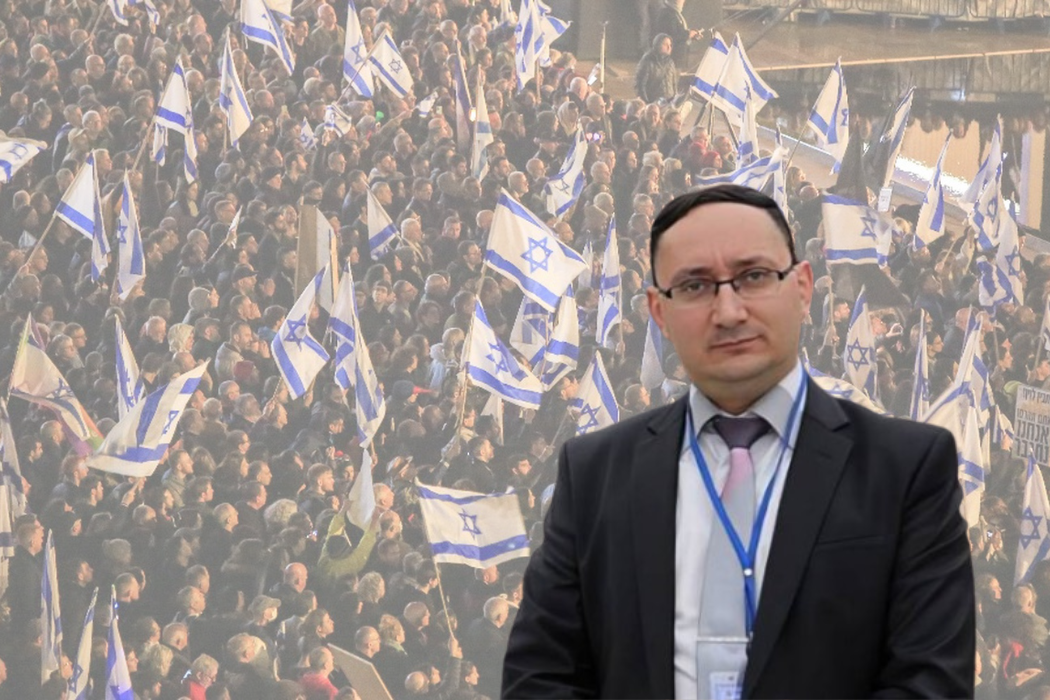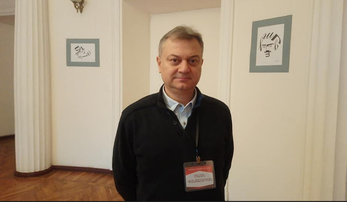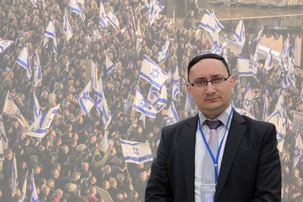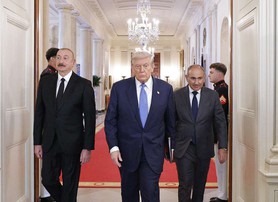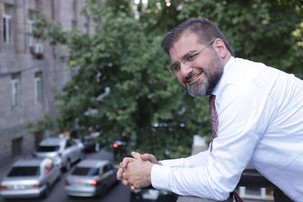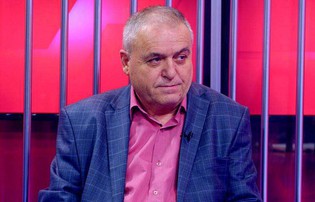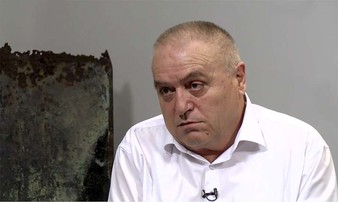On Sunday, protesters took to the streets in various Israeli cities, demanding an end to the Gaza war and an agreement on the release of hostages by Hamas.
Radar Armenia spoke to Artyom Chernamoryan, editor-in-chief of the Israel-Armenians newspaper and president of the Nairi Union of Israeli-Armenians in the Israeli city of Petah Tikva, on this topic.
-The strikes and large-scale demonstrations in Israel demand not only an end to the war, but also the immediate release of the hostages held by Hamas in Gaza. How would you characterize the public mood: is the demand for the return of the hostages dominant or the calls for peace? What will be the outcome of all this?
-Yes, serious public movements have begun in Israel; 2 days ago, there were protests in 400 settlements. The primary demand is to return our friends and establish peace.
-The protesters have blocked highways, including the main road to Tel Aviv. Can this wave of protests develop into a more coordinated movement that will force the government to reconsider its military operations in Gaza?
-The primary demand is the return of prisoners and peace. But the prime minister has his calculations: elections will be held in the fall of 2026, and if he continues the war, he can cancel the elections. This is what the people are afraid of. But if it turns into general strikes and protests, Netanyahu has a simple answer: he says, This is only a part of the population, and the rest is behind us.
-The Security Cabinet recently approved a plan to establish control over Gaza City. To what extent does this decision contradict public demands, and can it deepen the internal crisis?
-This decision in the Gaza Strip has several goals. First, they sent messages to international players who were in a hurry to recognize the independence of Palestine. The second message was to Hamas: if you do not lay down your weapons, do not release the hostages, and leave Gaza, we will completely occupy it. And for the Palestinians, especially Hamas, the defense of their lands is of utmost importance. They, unlike the Armenians of Artsakh, are coming out of the ground and fighting against the Israeli military machine. And in Artsakh, they did not even last a day.
-The fate of the hostages continues to exacerbate internal tensions: it is believed that about 20 people are still alive. What impact does this information have on society and, especially, the intensity of the demonstrations?
-The hostages are like skeletons; people are not even given bread to eat. The tension remains now, but society does not entirely come out. Many people have lost their jobs because of this war, and those who found jobs during the war are not trying to quit their jobs and run to the demonstrations. They say that 20 people are still alive, but that is also doubtful.
Lilit Abrahamyan




